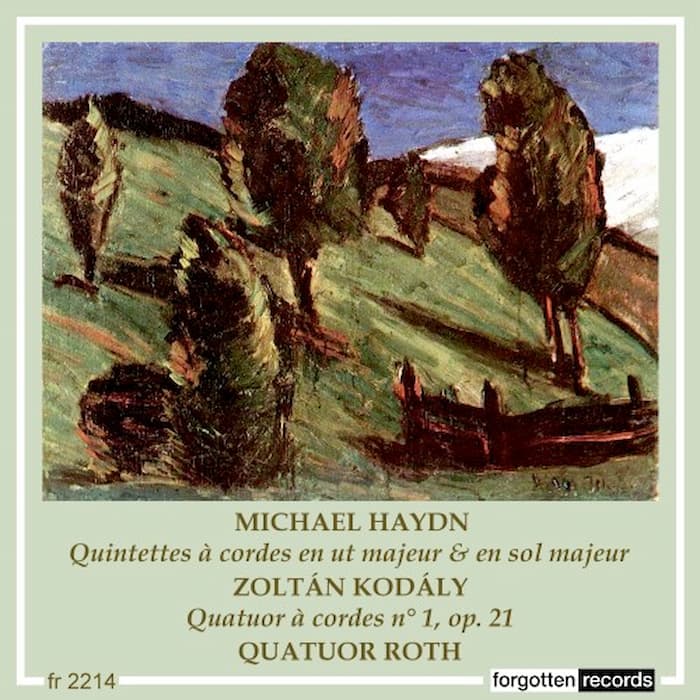The combination of the Prelude and Fugue seems to be a particularly 18th-century construction. The two works should be in the same key and have different compositional rules: the Prelude as an introductory piece, sometimes of an improvisatory nature, and the fugue with its strict rules for constructing a contrapuntal polyphonic piece based on a subject and imitated (more or less exactly as the harmony requires). A fugue generally has sections similar to the later sonata form: an exposition, a development, and then a final entry that brings the subject back to the tonic key. It was considered one of the basic forms for showing a composer’s mastery of harmony and tonality in counterpoint.
J.S. Bach (1685–1750) wrote his Prelude and Fugue in C major, BWV 545, sometime before 1708, when he was in Weimar. He revisited it in Leipzig sometime between 1712 and 1717, adding a middle movement. At the time, Bach had been looking at Vivaldi’s concerto form, and his revision of the original work was aimed at a piece with a fast–slow–fast tempo. On two different occasions, two different slow movements were placed between the Prelude and Fugue, each later removed. One of the slow movements, a Largo, was later used in his Organ Sonata No. 5, BWV 529, of 1730.

J.S. Bach
The Prelude opens with a solemn declaration in descending arpeggios in the pedals, which is answered in the left hand. The Fugue’s opening subject, in the alto, starts with an ascent of the first 4 notes of the scale, followed by the tenor, bass, and finally, soprano voices. One of the main elements of the fugue is the figure in syncopation between the voices.
J.S. Bach: Prelude and Fugue in C major, BWV 545

Piet Kee
This 1961 recording has Piet Kee on the organ of the Johanniskirche, Lüneburg, Germany. The Church of St John the Baptist is the oldest in the city and is an example of Brick Gothic. The organ was completed in 1553 by Hendrik Niehoff and Jasper Johansen. It has been rebuilt twice: first in 1714 by Matthias Dropa, and again in the later 20th century by Rudolf von Beckerath. At age 15, J.S. Bach was a student at the nearby Michaeliskirche, where he was an organ scholar. Documentary evidence suggests that the young Bach was given lessons on this organ by the organist and composer Georg Böhm (1681–1733), who was the principal organist at the church from 1698 to 1697.

The Organ at the Johanniskirche, Lüneburg
Piet Kee (1927–2018) was a Dutch organist and composer who studied at the Amsterdam Conservatory. Having won first prize three years in a row at the Haarlem International Improvisation Competition, he started his international career as a concert organist. He taught in Amsterdam at the Music Lyceum and Sweelinck Conservatory for 34 years and in 1988, was awarded an Honorary Fellowship from the Royal College of Organists.

Performed by
Piet Kee
Recorded in 1961
Official Website
For more of the best in classical music, sign up for our E-Newsletter



